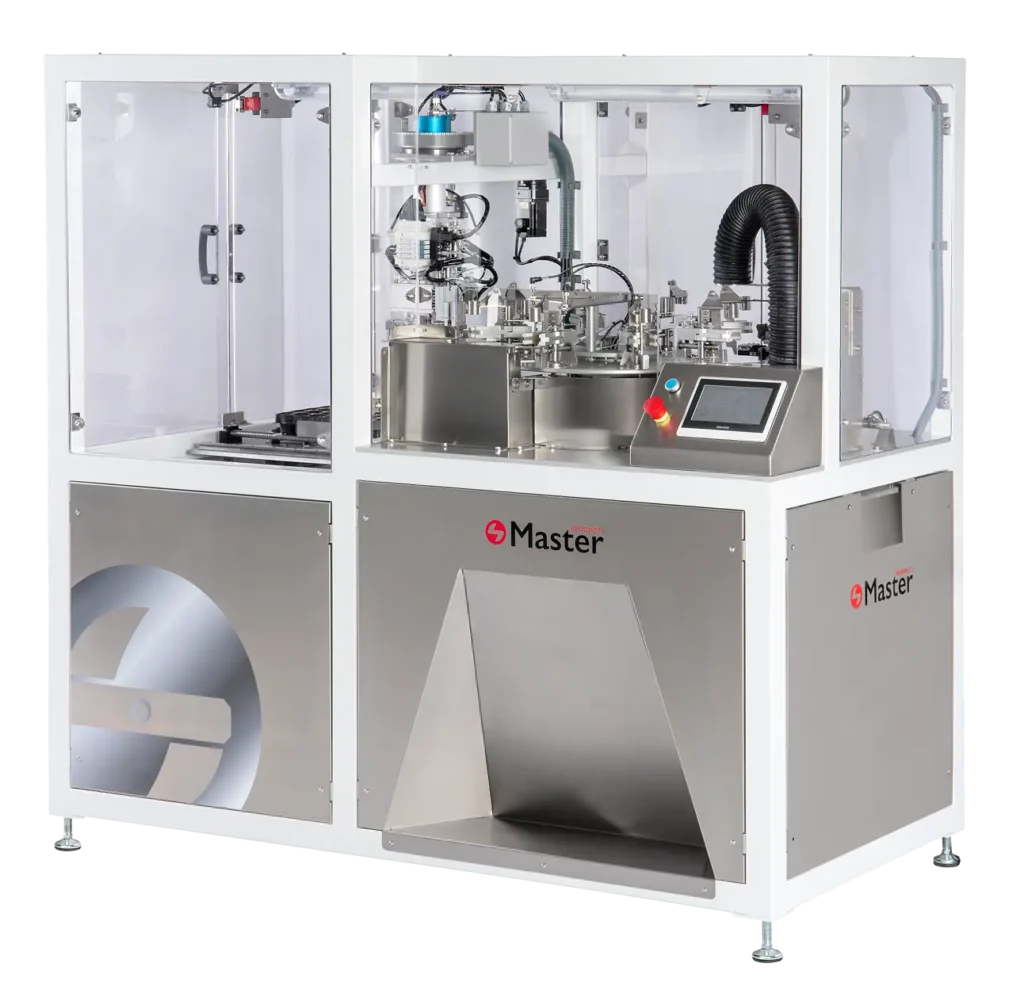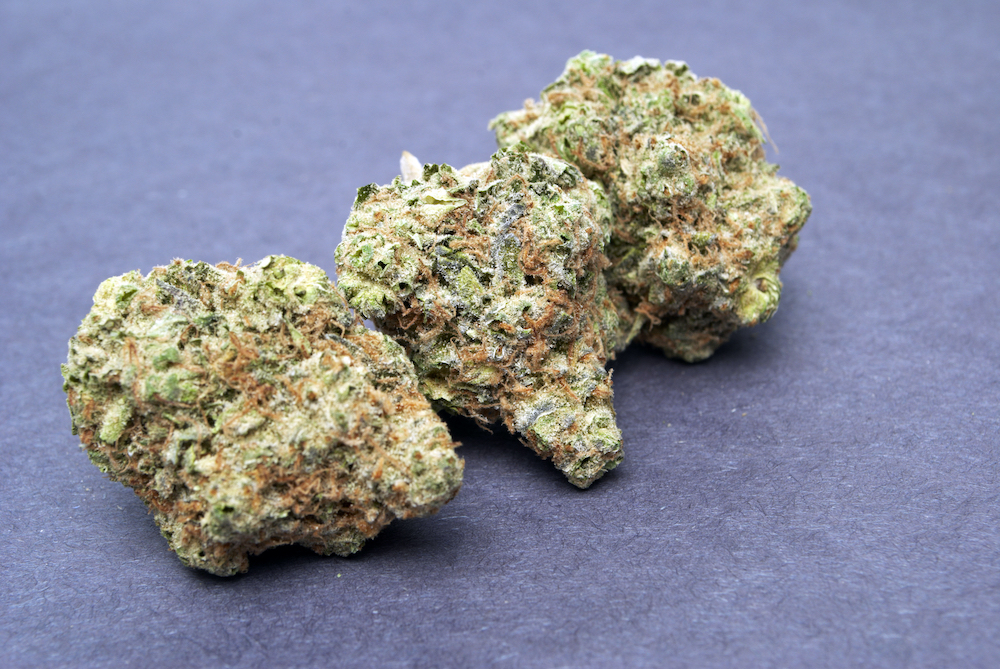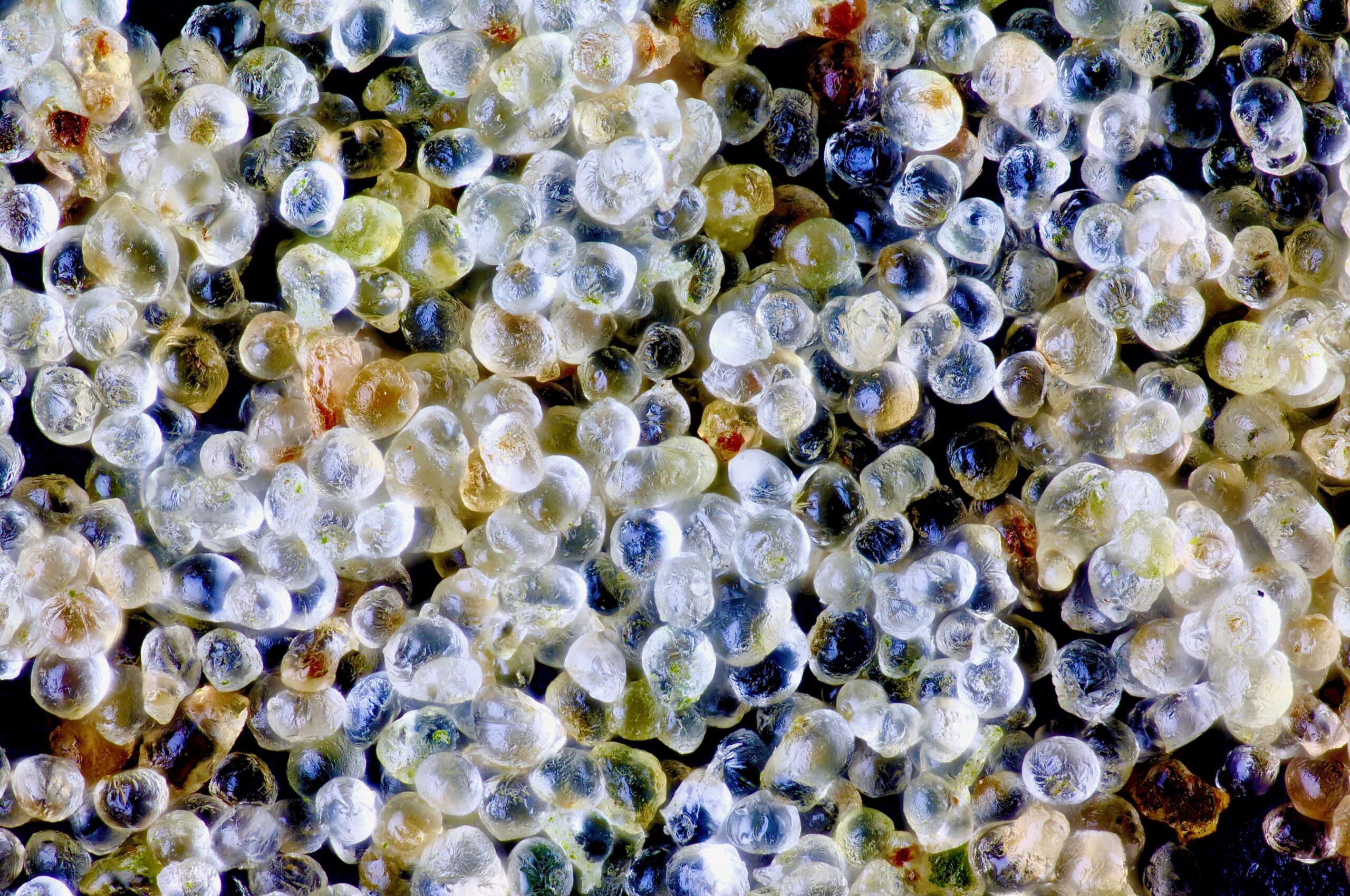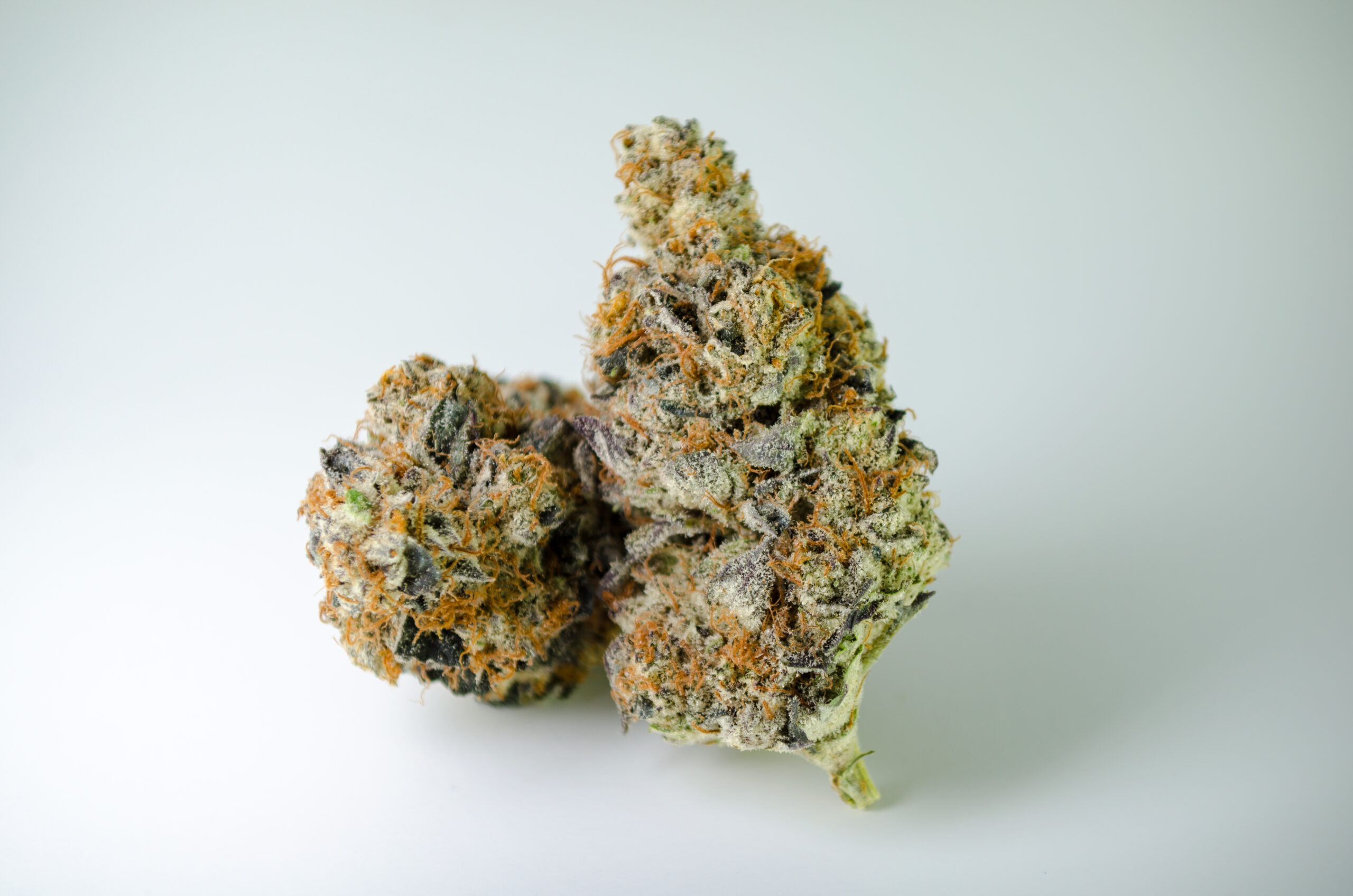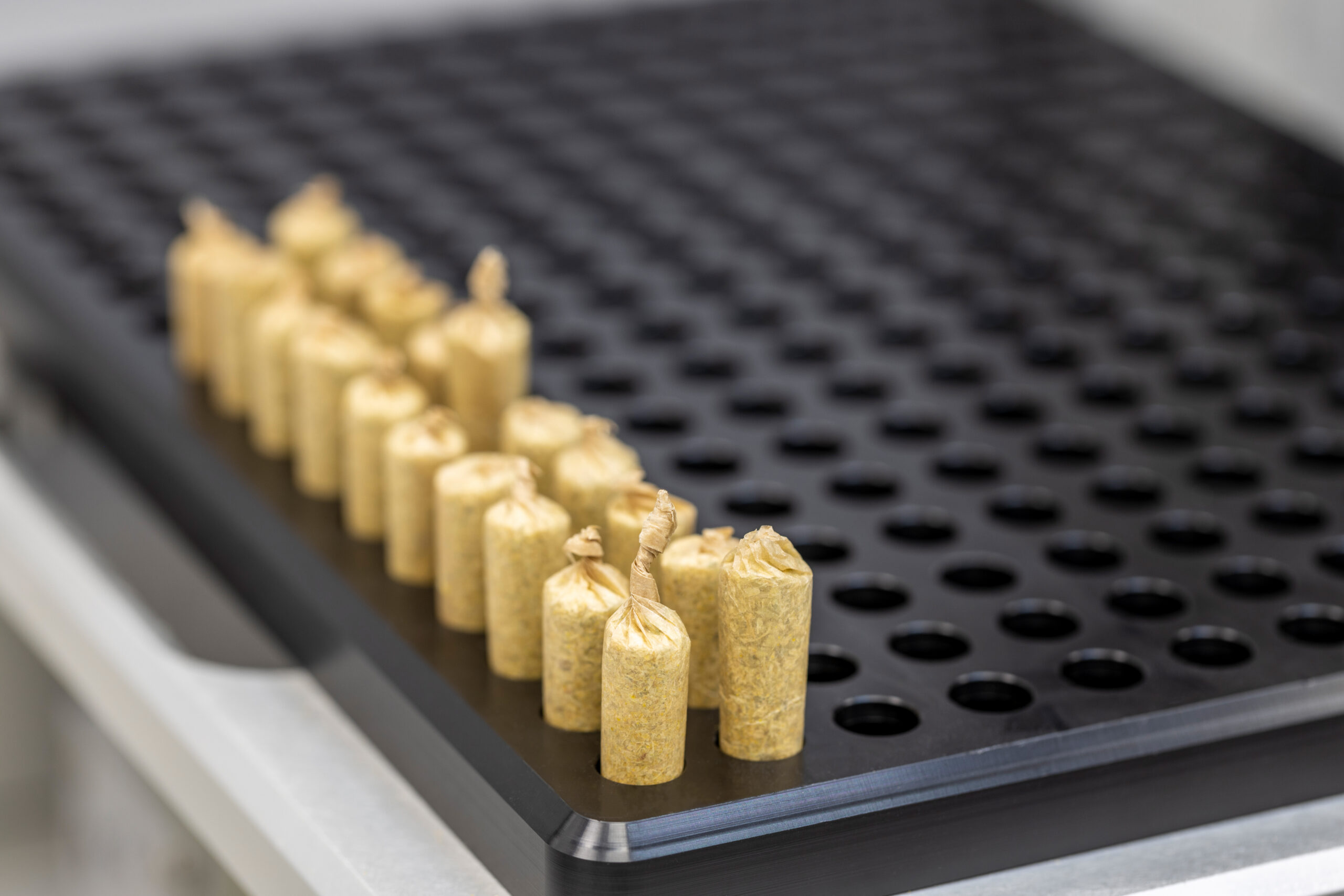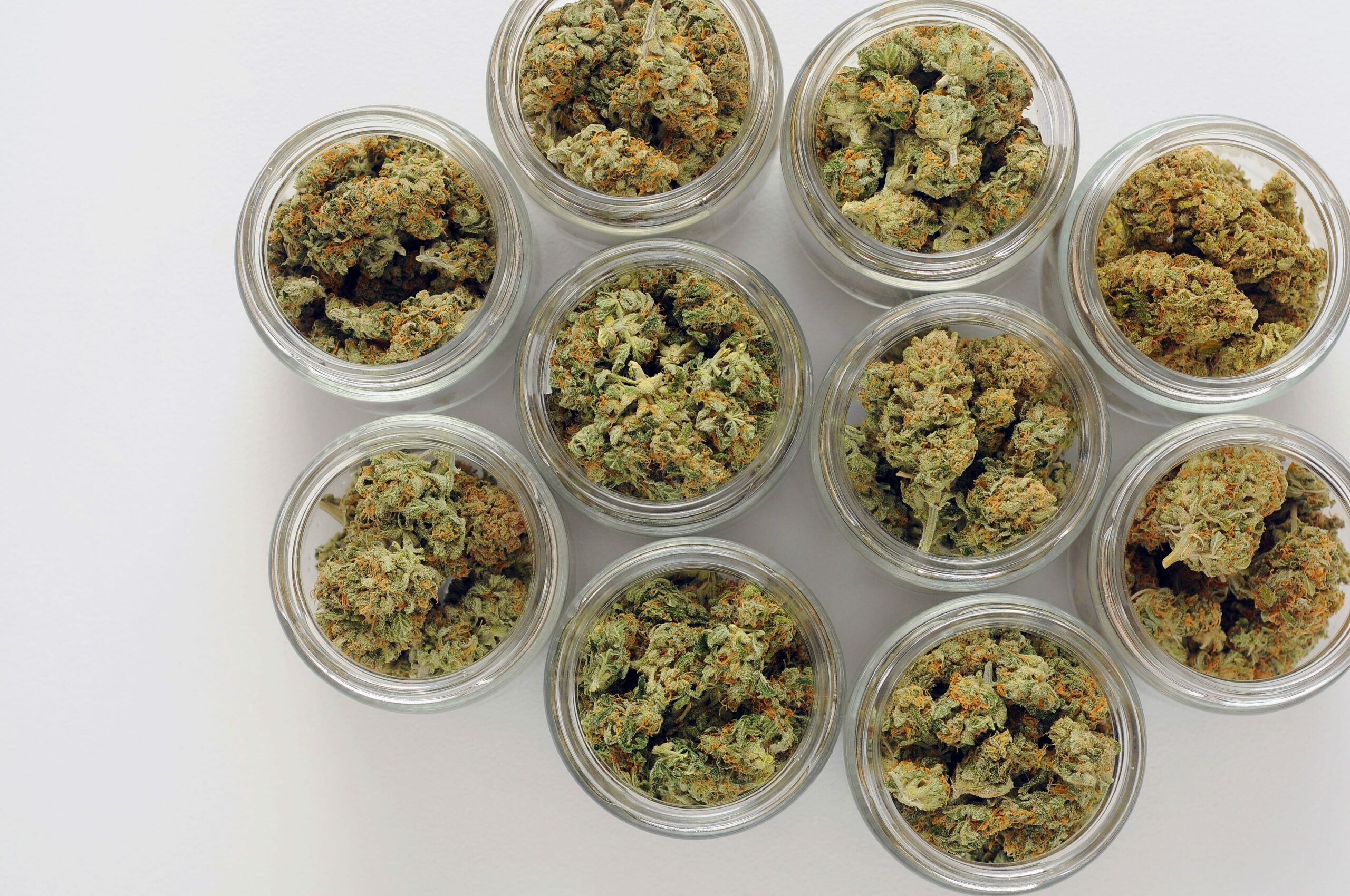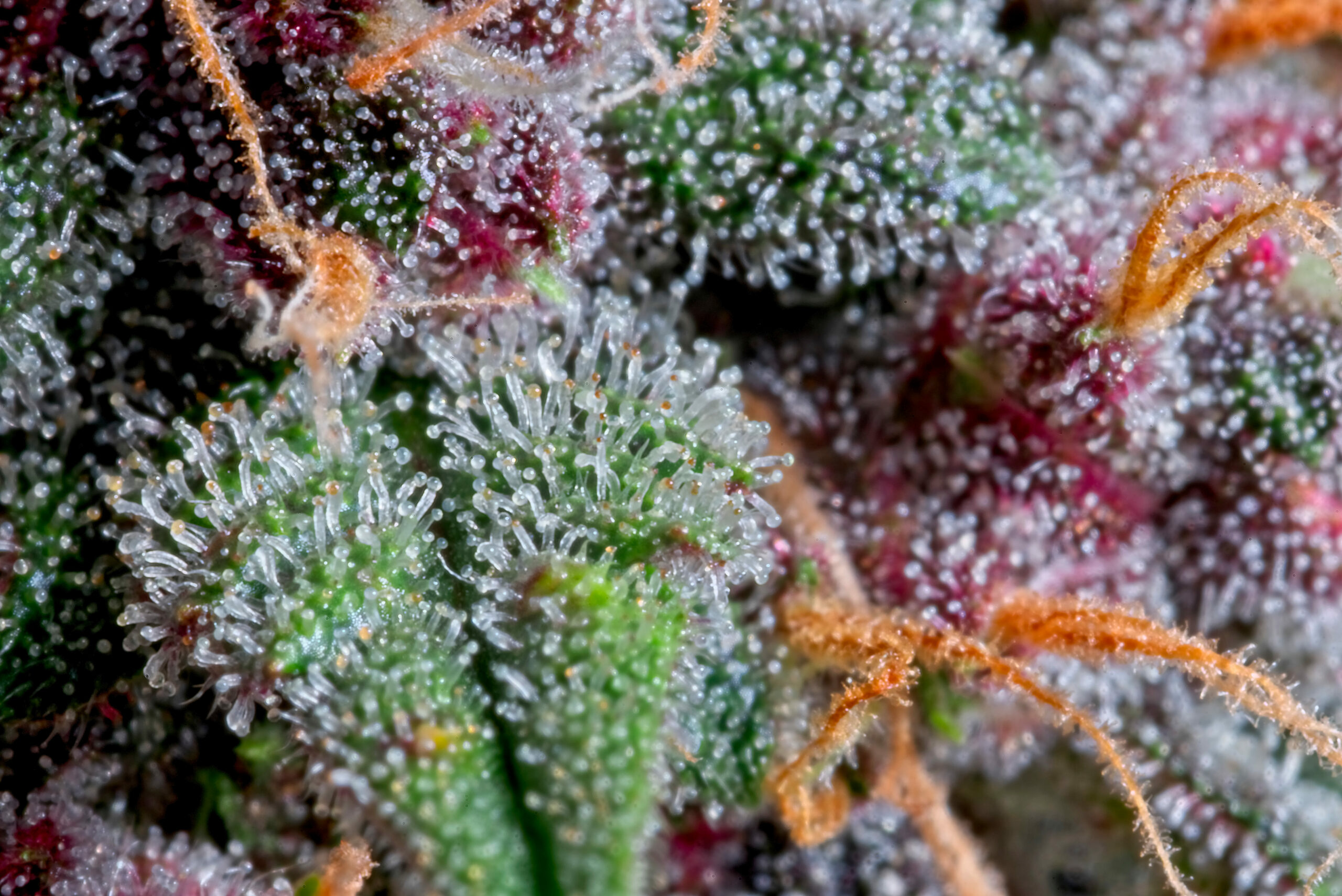Trichomes, the tiny, resinous glands covering cannabis and hemp plants, are the real MVPs when it comes to potency, aroma, and therapeutic benefits. Whether you’re producing top-tier concentrates or refining extracts, the way you separate these delicate structures can make or break the final product.
For years, the industry has relied on manual trichome separation methods like dry sieving and ice water extraction. They get the job done, but with notable inconsistencies.
Another technique worth mentioning is manual electrostatic separation, also known as static shift. This process leverages the friction generated between gloves and plant material to separate trichomes from other matter, based on positive and negative charges. It’s a surprisingly effective approach that’s been used in other industries too, such as waste sorting, and is now gaining traction in cannabis processing for its low-tech precision.
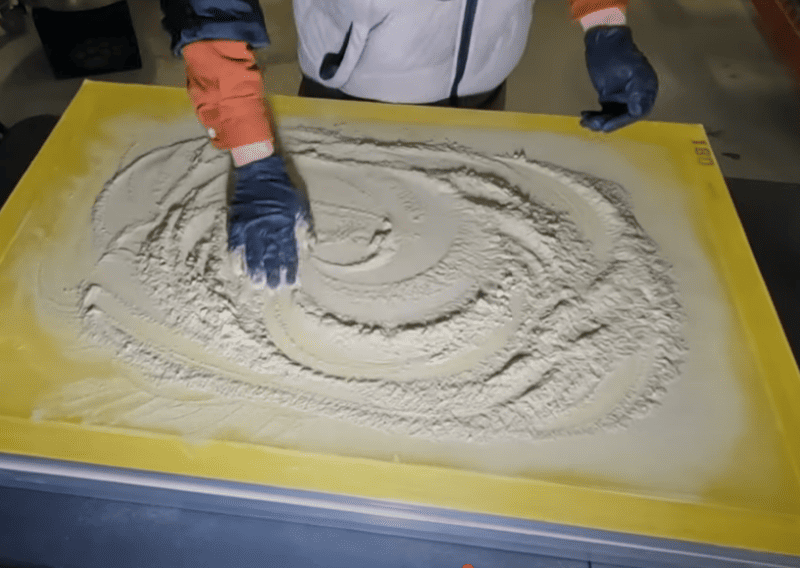
From Master Products, together with SC Filtration, we realized that this technique was extremely labor-intensive, so we set out to streamline the process by automating it. That’s why we developed the Plasmastatic, a technology that guarantees 99% purity in static trichome extraction and fully automates the collection of high-quality resin. Its advanced system uses static electricity to separate trichome heads from other plant materials such as stems, soil residues, or leaves that can cause contamination, ensuring cannabis resin of the highest purity and quality.
Manual trichome separation: an age-old craft
Before high-tech machines and electrostatic methods, trichome extraction was a hands-on process. Artisans and growers relied on basic mechanical methods to sift and collect trichomes, perfecting their craft over generations.
The art of dry sieving and ice water extraction
- Dry sieving: The oldest trick in the book. Dried plant material is agitated over a fine mesh screen, allowing trichomes to fall through. While simple, this technique is labor-intensive and prone to inconsistent results.
- Ice water extraction: Also known as “bubble hash” production, this method involves agitating frozen plant material in ice water, allowing trichomes to break off and sink. It’s more effective than dry sieving but still dependent on multiple filtration steps to remove impurities.
These techniques offer hands-on control and an artisanal feel but also come with a set of drawbacks.
Yield, purity, and limitations
- Labor-intensive: Whether you’re shaking a sieve or filtering ice-cold water, manual methods require significant effort and time.
- Inconsistent results: Factors like pressure, agitation, and temperature play a massive role, making it hard to replicate the same quality in every batch.
- Trichome loss: Mechanical separation can lead to breakage and loss, reducing the overall yield and purity of the extract.
Environmental and economic considerations
- Water consumption: Ice water extraction uses large amounts of water, making it less sustainable in the long run.
- Time investment: Manual separation is slow and inefficient, requiring extensive processing and drying times before the final product is ready.
- Profitability issues: The combination of high labor costs and inconsistent yields makes manual extraction less economically viable at scale.
The electrostatic revolution: How Plasmastatic machines redefines trichome separation
Technology never sleeps, and in the world of cannabis processing, it’s sprinting forward. Plasmastatic machines represent a next-gen approach to trichome extraction that prioritizes precision, purity, and minimal intervention.
Forget solvents. Forget friction. The Plasmastatic process is a dry, solvent-free technique that reduces damage to delicate trichomes by avoiding mechanical impact altogether. At the heart of its innovation is a dual-pole electrostatic system: one pole attracts unwanted plant matter, while the opposite pole draws in intact, compact trichome heads, those resin-rich gold mines.
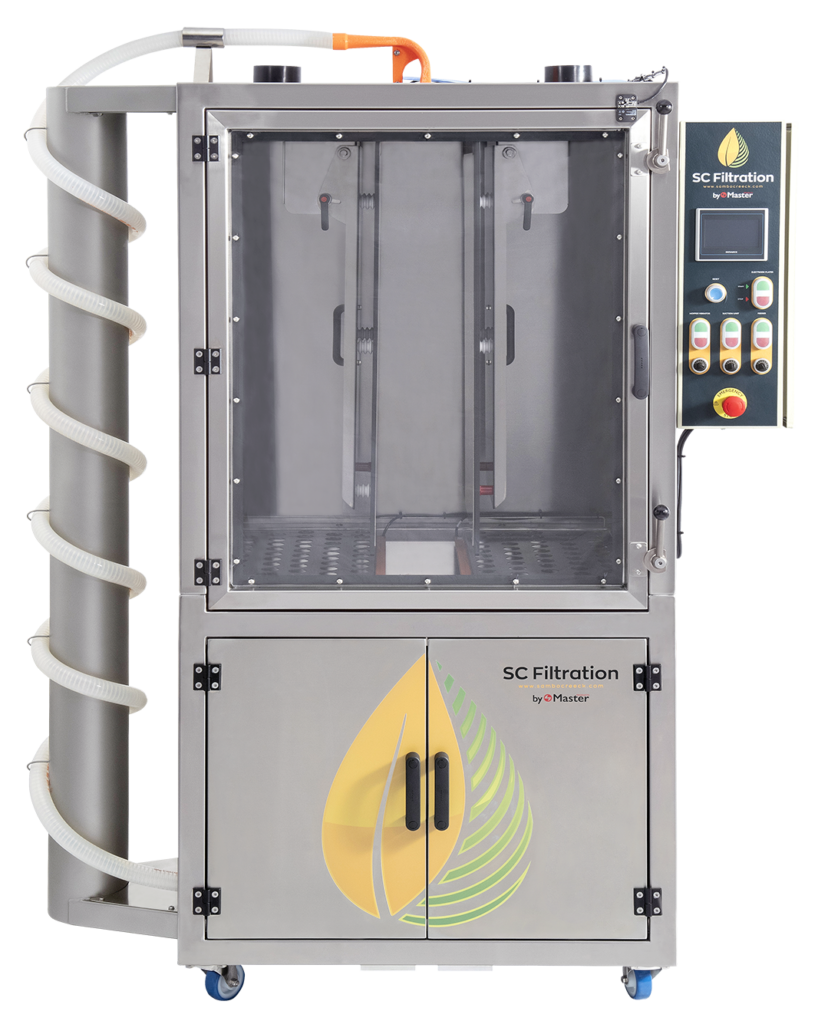
This refined process ensures:
- No use of solvents or water: clean, chemical-free extraction
- Minimal aggression: no friction, no harsh impacts
- Electrostatic polarity attraction: heads collect on one electrode plate and contaminants including pistils, stalks, dirt, etc. collect on the opposite plate.
- Exceptionally high rate of whole, compact trichome heads: maximizing resin yield and product quality
The electrostatic field generated by the machine acts like a molecular filter, precisely pulling trichomes from the biomass while leaving contaminants behind. The result? Cleaner extracts, richer profiles, and happier processors.
To see the full tech specs and operation in action, check out the Plasmastatic V1.
Benefits of electrostatic separation
Both approaches have their merits, but when it comes to efficiency, purity, and sustainability, electrostatic separation takes the lead.
Purity and quality of extracted trichomes: the electrostatic method selectively attracts trichomes, ensuring a cleaner and more potent final product.
Labor, time, and cost efficiency: Plasmastatic trichome separation reduces labor dependency, speeds up processing, and delivers higher yields at a lower cost per gram.
Environmental sustainability: electrostatic separation implies a dry process that reduces waste, minimizes resource consumption, and lowers the carbon footprint.
The future of trichome extraction: embracing innovation
As the industry evolves, it’s essential to weigh the pros and cons of each approach. Here’s a clear comparison between traditional manual methods and the Plasmastatic machines:
| Characteristic | Manual methods | Plasmastatic |
| Product purity | Medium – Variable | High, consistently reliable |
| Plant matter contamination | Frequent | Minimal |
| Processing speed | Slow | Fast |
| Scalability | Limited | High |
| Initial Investment | Low | High |
| Manual skill required | Yes | No (automated) |
| Terpene preservation | Medium/Low | High |
This table highlights the clear advantages of electrostatic separation when aiming for professional-grade results.
As demand for premium cannabis extracts grows, so does the need for advanced trichome separation methods. Manual techniques have their place, but the industry is moving toward automation and precision.
The Plasmastatic machines represents a major leap forward. By leveraging electrostatic forces, they deliver higher yields, unparalleled purity, and unmatched efficiency all while reducing labor and environmental impact.
For producers aiming for consistency, scalability, and profitability, the choice is clear: electrostatic separation isn’t just the future, it’s the now.

